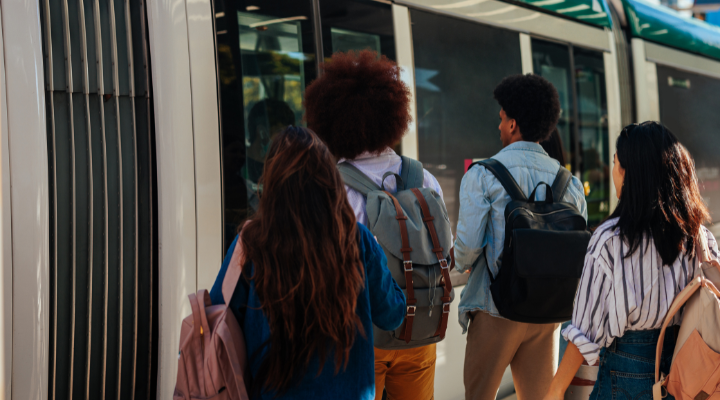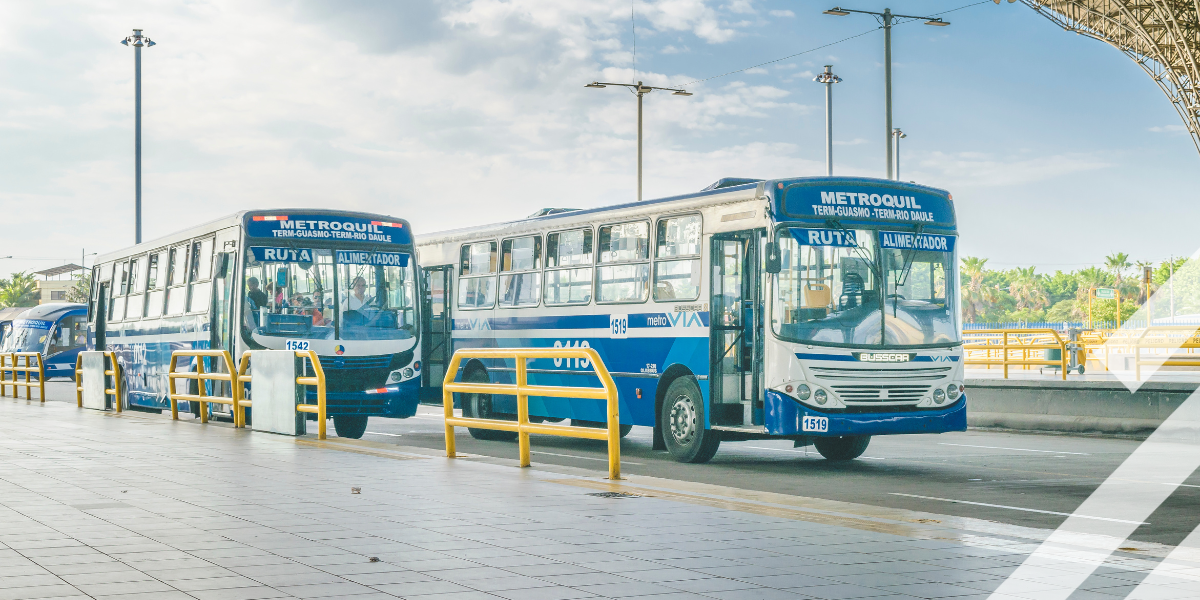5 Striking Facts About Public Transport in Latin America
Public transport is an essential part of urban life, offering numerous benefits to individuals and communities. Here are five striking facts about public transport, with a focus on Latin America:
1. Environmental Impact
Public transport significantly reduces carbon emissions. For instance, in cities like Bogotá, Colombia, the TransMilenio bus rapid transit system helps reduce greenhouse gas emissions by replacing older, polluting buses with modern, efficient ones. Similarly, Mexico City's Metro system prevents the emission of approximately 3.5 million tons of CO2 annually. These efforts contribute to cleaner air and a healthier environment.
2. Economic Benefits
Investing in public transportation generates substantial economic returns. In São Paulo, Brazil, every dollar invested in public transport yields about four dollars in economic benefits. This includes job creation, increased business for local shops, and savings for households. Public transport systems like the Metro in Santiago, Chile, and the Metrobús in Mexico City also support local economies by providing reliable access to jobs and services.
3. Accessibility
Public transport provides mobility for those who cannot drive, including the elderly, disabled, and those without access to a car. In Buenos Aires, Argentina, the Subtle (subway) system is designed to be accessible to all, with features like elevators and tactile paving for the visually impaired. Similarly, the Metro in Medellín, Colombia, offers inclusive services that ensure everyone can reach essential services and opportunities.

4. Historical Significance
The concept of public transport in Latin America has deep historical roots. For example, the first tramway in Latin America was established in Rio de Janeiro, Brazil, in 1859. Over the years, public transport systems have evolved from horse-drawn carriages to modern electric trains and buses, playing a crucial role in urban development and mobility.
5. Technological Advancements
Many modern transit systems in Latin America now offer real-time tracking, making commuting more convenient. For instance, the Metro in Mexico City and the Transantiago system in Santiago, Chile, provide real-time updates through mobile apps and digital displays. These technologies help passengers plan their journeys more efficiently and reduce waiting times. Additionally, cities like Curitiba, Brazil, are pioneers in bus rapid transit (BRT) systems, which have been replicated worldwide for their efficiency and effectiveness.
Public transport in Latin America continues to evolve, providing significant environmental, economic, and social benefits. By investing in and improving public transit systems, cities can create more sustainable and inclusive communities.
Share your story
Do you have an innovation, research results or an other interesting topic you would like to share with the professionals in the infrastructure, traffic management, safety, smart mobility and parking industry? The Intertraffic website and social media channels are a great platform to showcase your stories!
Please contact our Sr Brand Marketing Manager Carola Jansen-Young.
Are you an Intertraffic exhibitor?
Make sure you add your latest press releases to your Company Profile in the Exhibitor Portal for free exposure.



